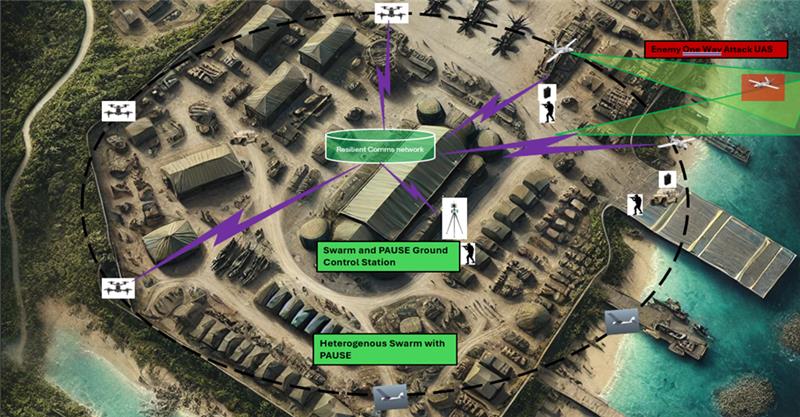In today’s wartime environment, Counter-Unmanned Aerial Systems (C-UAS) have become a strategic necessity, not just a technical challenge. The proliferation of drones—from commercial quadcopters to sophisticated military-grade platforms—has reshaped the battlefield across every domain.
C-UAS refers to the detection, tracking, identification, and neutralization of hostile drones. These systems are designed to protect personnel, infrastructure, and operations from surveillance, loitering munitions, and direct attacks.
Persistent Surveillance
- Drones can silently monitor troop movements and relay targeting data for artillery or missile strikes.
Loitering Munitions - One-way attack drones can be Devastating and bypass traditional defenses.
Swarm Tactics - Coordinated drone swarms can overwhelm air defenses through sheer volume.
Non-State Actors - Militias and terrorist groups now possess drone capabilities once reserved for nation-states

How Driftline Technical Combat’s C-UAS
Multi-Class UxS Development
Supporting the development of various drone classes, including:
- small Class I drones for reconnaissance and target identification
- medium Class II drones for tactical surveillance and protection
- large Class III drones designed for combat, equipped with advanced weaponry and capable of long-range missions.
- Advanced Communication Systems
Designing secure and reliable networks for controlling autonomous systems, even in challenging environments. - Counter-UAS Capabilities
Developing technologies to detect, identify, and neutralize hostile drones, enhancing overall security. - Autonomous Air-to-Air Refueling
Innovating systems that enable drones and aircraft to refuel autonomously in flight. - C2 Systems for Semi-Autonomous Operations
Creating systems that balance human oversight with autonomous decision-making for complex missions - Modular systems compatible with layered defense architecture
Fusion of radar, optical, acoustic, and RF sensors